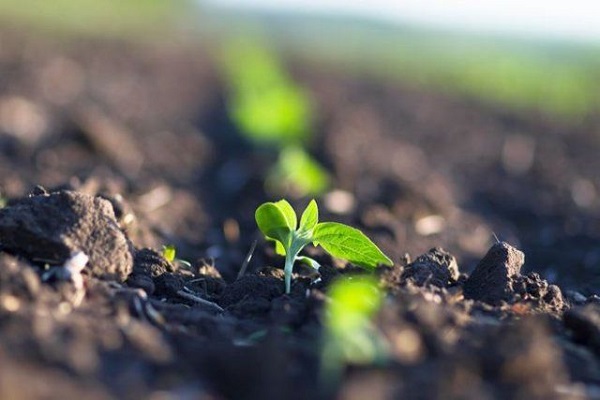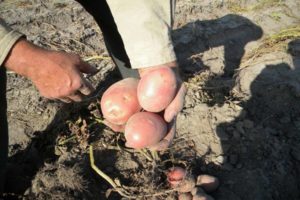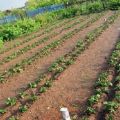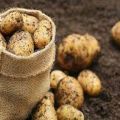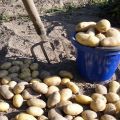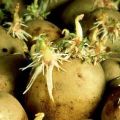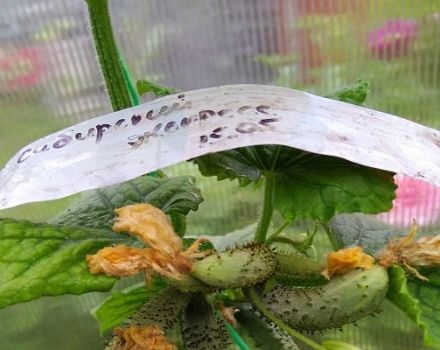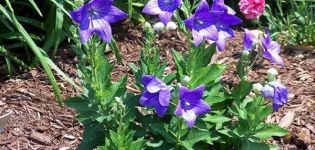What can be planted after potatoes next year in this place?
Gardeners are racking their brains: what to plant after potatoes? Culture occupies a sufficient area, the land is depleted. Potatoes are the leader in extracting nutrients from the soil.
Some gardeners give the land a rest. But in this way, humus will recover in 3-4 years. The ridges are empty. Weeds are growing.
Others sow the vacated area with green manure. The seedlings are allowed to grow up to 10–15 cm, they are dug up with embedding in the ground. But the question of successor cultures remains.
A competent gardener must imagine: how to quickly and without loss restore soil fertility, what plants to plant, how to get a good harvest.
Why do you need a crop rotation?
Crops are demanding for certain types of nutrients. Potatoes extract phosphorus and potassium from the soil. The rest of the elements are kept in the required quantities. It is recommended to add P and K to the ridges. Then you should use the area for planting other plants. They will delight you with a good harvest.
The plant attracts "own" pests. In potatoes, these are the Colorado potato beetle, wireworm, nematode. The villains' larvae hibernate in the soil. Returning the same culture next year will create a comfortable environment for them. The population will grow to an alarming size.
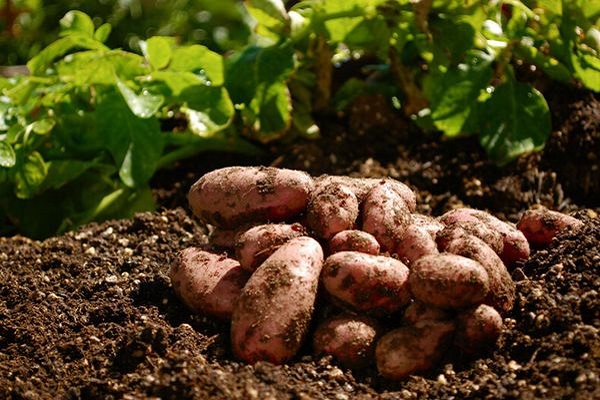
The plant is affected by "individual" viruses and bacteria. Potatoes suffer from late blight. Its spores persist in the ground for 5 years. Planting in the same place will be destroyed through the fault of a careless gardener.
There is a balance of microorganisms in the garden soil. The roots release pathogenic bacteria into the soil. Over the years, they accumulate. The ground becomes lifeless.
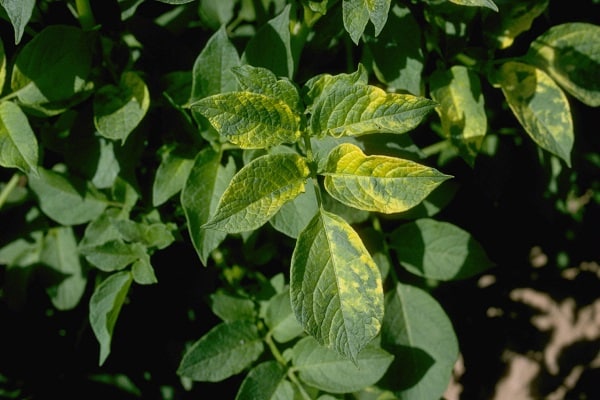
How does sideering help?
Space in the garden is limited. Potatoes require several hundred kilograms. Restore soil fertility, improve it, get rid of pests as soon as possible.
The problem should be solved by sideering. Potatoes are harvested in late summer or early autumn. There is enough time to grow oats, rye, rapeseed, mustard, peas on the vacated area.
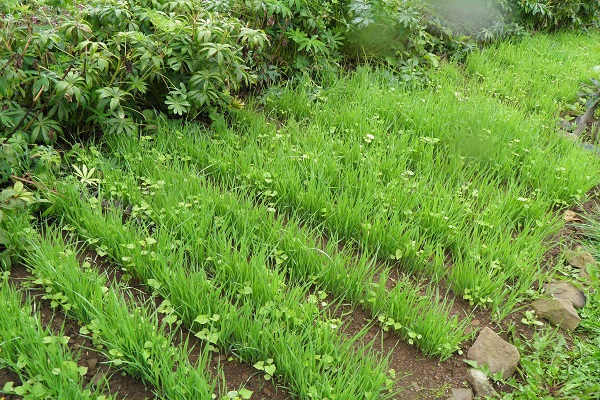
It is required to wait for the growth to 10-15 cm, then dig it up with the incorporation of green mass. This technique will enrich the earth with nitrogen. Oats and rye will remove the wireworm larvae.
In order for the land to recover better, some gardeners leave cereals to winter under the snow. The ridges are dug up in the spring. In this case, it is important to prevent the overgrowth of the green mass: cultivated plants become weeds.
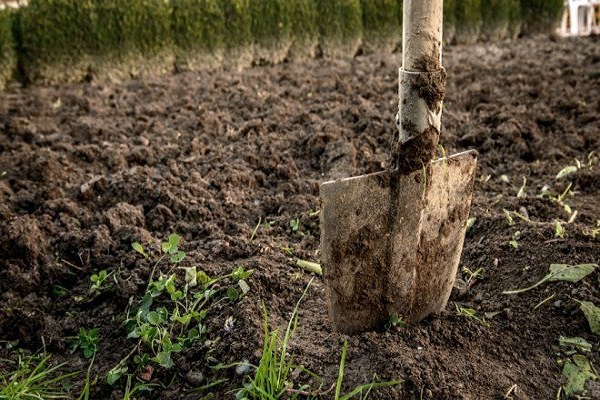
What can you plant?
After potatoes, representatives of different families can be planted the next year. To obtain a high yield, it is recommended to know: for whom the potato is a good predecessor.
What can be planted right after potatoes:
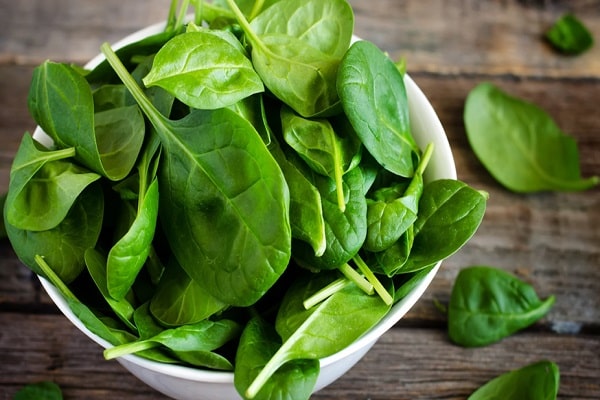
- any member of the legume family;
- siderates;
- some crucifers (lettuce, spinach, mustard).
Plant roots have enough nutrition. Gardeners manage to harvest green crops in autumn.
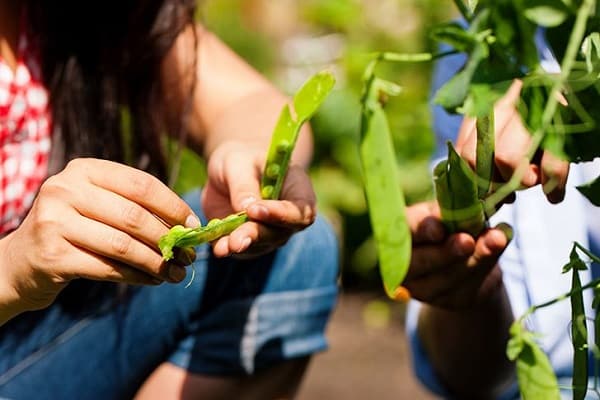
Legumes
Peas, beans, beans are ideal successors. They form nitrogenous tubers on the roots. The soil is saturated with the element, loosened up. The green parts of the plants in this case serve as a source of potassium and phosphorus for the depleted land.
Summer residents keeping animals should plant clover, alfalfa, vetch, sainfoin, vetch. Greens of siderata are eagerly eaten by rabbits and birds. Soil improvement is combined with the creation of a forage base.
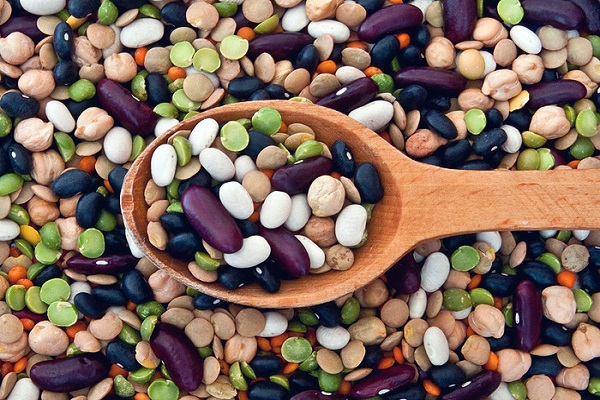
Melilot, vetch, clover - honey plants. This is their value. The grasses attract pollinating insects. The restoration of the fertile layer occurs simultaneously with an increase in the yield of garden crops.
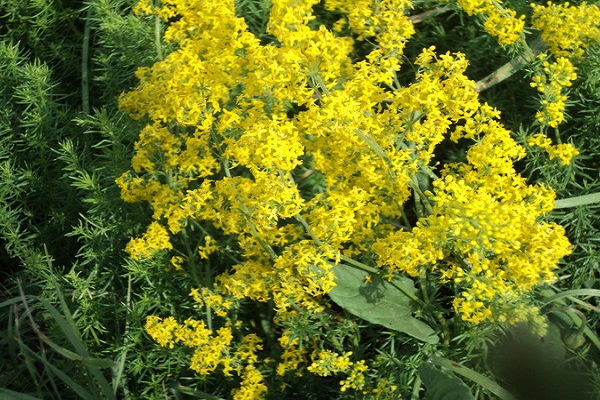
Representatives of the cruciferous family
It is ideal to plant mustard after potatoes. Greens are harvested 20 days after germination. The soil is loosened. When sowing in autumn, no digging is carried out: the leaves themselves rot under the snow. In the spring, the ridges are ready to receive plants.
They give an excellent harvest of turnips, rutabagas, radishes. Horseradish takes on soil fertility, but it is a perennial crop. When the potatoes are subsequently returned to their place, this cruciferous plant should not be planted.
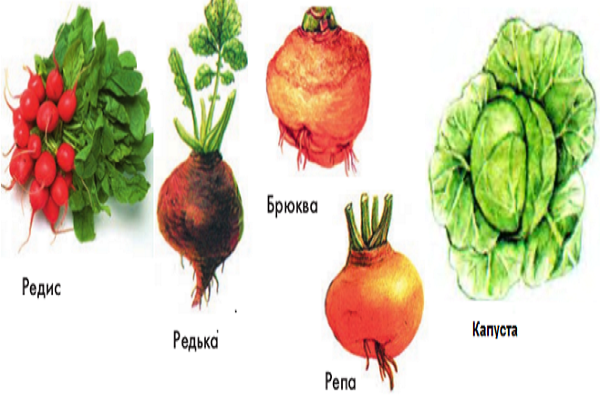
Pumpkin
It is recommended to grow squash and zucchini after potatoes. These pumpkin seeds are strong and unpretentious. Pumpkin and cucumbers get sick with rhizoctonia. They require a high content of trace elements. The predecessor will not leave good nutrition.
What to plant after potatoes: preliminary sideriding will help to solve the problem. In the first year, cereals are sown in the spring. In summer, mow until the seeds ripen. In the fall, shovels are dug onto a bayonet. Next spring, the land is rested and ready to receive cucumbers and pumpkin.
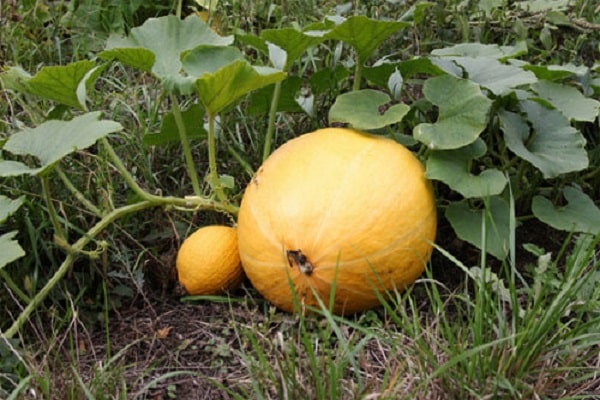
Other successors to the potato
Gardeners reap a good harvest of those grown after potatoes:
- garlic (winter, spring);
- parsley;
- celery;
- parsnip;
- beets;
- corn.
Land use rule: the ridges should be planted with plants. The use of crop rotation will provide gardeners with a bountiful harvest.
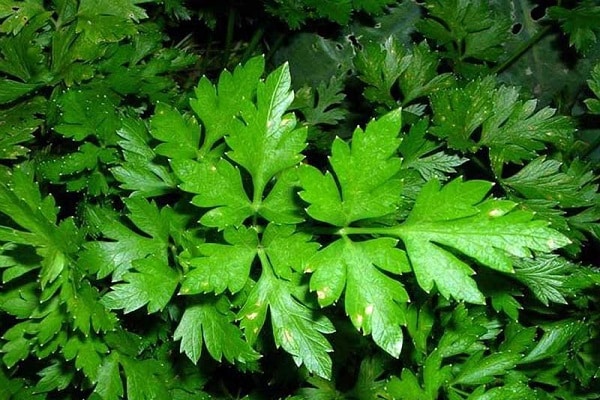
An indicative list of planted plants
Recommended plantings table after potatoes
| fine | well | badly |
| Garlic Parsley Celery Parsnip Beet Corn Legumes Cereals Zucchini Squash Cruciferous (lettuce, spinach, horseradish, turnip, radish, radish)
| Cabbage Cucumber Pumpkin Carrot Onion
| Potatoes Tomato Pepper (sweet, bitter) Physalis Eggplant Strawberry Strawberry
|
Plants should be planted after applying potassium and phosphorus. Mineral fertilizers should be laid in autumn or spring.
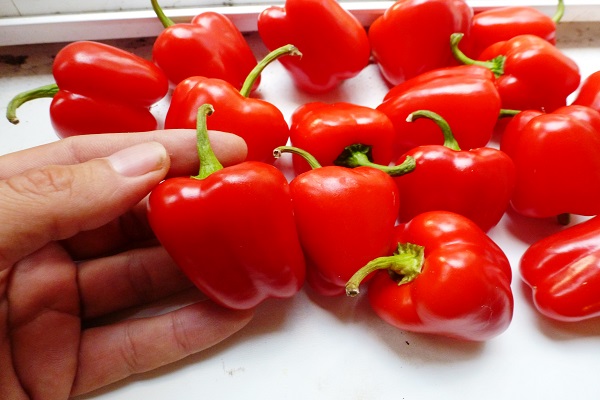
Rules for preparing ridges
After harvesting the potatoes, the soil should be prepared. Simple activities will create optimal conditions for crops for growth and development. Required:
- dig up tubers completely (small, cut, diseased);
- remove and burn potato tops;
- dig up the ground on a shovel bayonet, level it with a rake;
- sow green manure (with them the land restores fertility, rests);
- wait for a height of 15 cm, dig it into the ground.
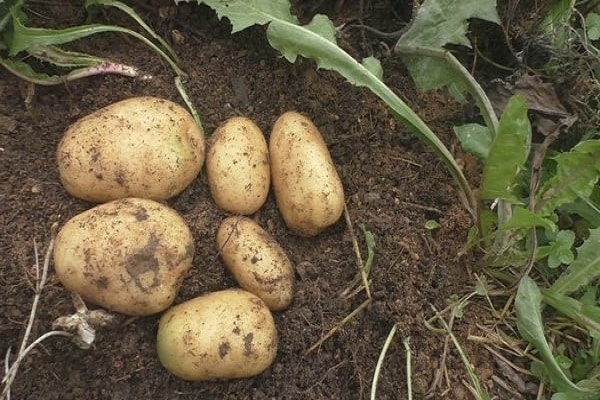
Leave the ridges for the winter. In the spring, when digging, add potassium and phosphorus. After all the activities, the selected crops are planted.
Some gardeners, due to limited space, return potatoes to their original place after a year. Agronomists advise returning it no earlier than the third season: this will ensure the desired yield.
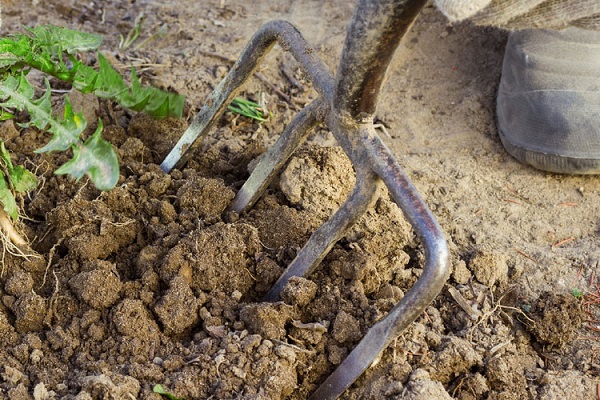
Brief conclusions
Potatoes impoverish the soil: they take potassium and phosphorus.Gardeners should add missing items.
To maintain fertility, crop rotation is required. It is unacceptable to plant potatoes over potatoes.
Knowing the successor plants will help you get a good harvest in limited areas.
